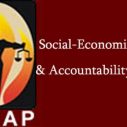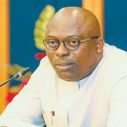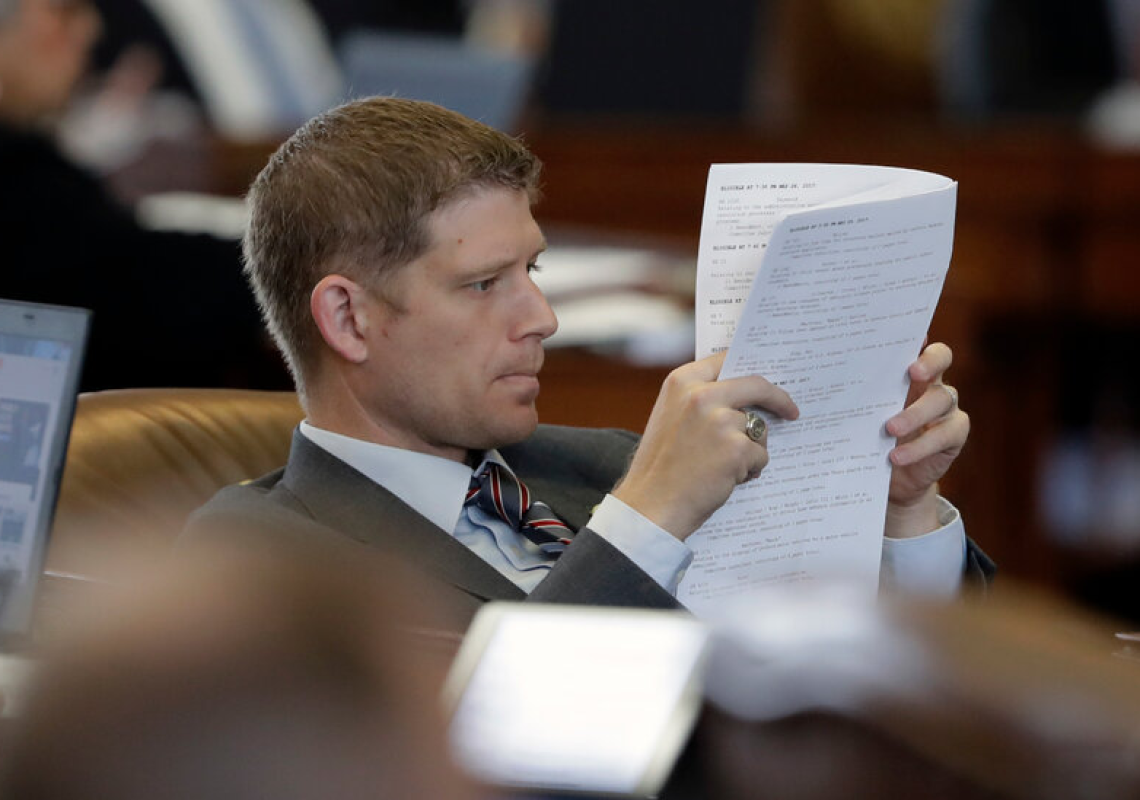Advertisement
Supported by
A new state law constricts teachers when it comes to race and history. And a politician is questioning why 850 titles are on library shelves. The result: “A lot of our teachers are petrified.”
Send any friend a story
As a subscriber, you have 10 gift articles to give each month. Anyone can read what you share.
By Michael Powell
To hear more audio stories from publications like The New York Times, download Audm for iPhone or Android.
SAN ANTONIO — In late September, Carrie Damon, a middle school librarian, celebrated “Banned Books Week,” an annual free-speech event, with her working-class Latino students by talking of literature’s beauty and subversive power.
A few weeks later, State Representative Matt Krause, a Republican, emailed a list of 850 books to superintendents, a mix of half-century-old novels — “The Confessions of Nat Turner” by William Styron — and works by Ta-Nehisi Coates and Margaret Atwood, as well as edgy young adult books touching on sexual identity. Are these works, he asked, on your library shelves?
Mr. Krause’s motive was unclear, but the next night, at a school board meeting in San Antonio, parents accused a librarian of poisoning young minds.
Days later, a secretary sidled up to Ms. Damon and asked if district libraries held pornography.
“‘No, no, honey, we don’t buy porno,’” Ms. Damon replied.
She sighed. “I don’t need my blood pressure going crazy worrying about ending up on a politician’s radar.”
Texas is afire with fierce battles over education, race and gender. What began as a debate over social studies curriculum and critical race studies — an academic theory about how systemic racism enters the pores of society — has become something broader and more profound, not least an effort to curtail and even ban books, including classics of American literature.
In June, and again in recent weeks, Texas legislators passed a law shaping how teachers approach instruction touching on race and gender. And Gov. Greg Abbott, a Republican with presidential ambitions, took aim at school library shelves, directing education officials to investigate “criminal activity in our public schools involving the availability of pornography.”
“Parents are rightfully angry,” he wrote in a separate letter. They “have the right to shield their children from obscene content.”
Such upheaval surprises few. Public schools are where a society transmits values and beliefs, and this fraught and deeply divided time has again made a cauldron of public education.
“Education is not above the fray; it is the fray,” said Robert Pondiscio, a former teacher and senior fellow at the American Enterprise Institute, a public policy group. “It’s naïve to think otherwise.”
In Texas, conservative slates have claimed majorities on school boards in large suburban districts, including Southlake, near Dallas, and Cypress-Fairbanks, near Houston.
In Colleyville, a tony suburb near Dallas, a Black principal resigned, accused of sanctioning the teaching of critical race theory. Elsewhere, books have been pulled from library shelves and talks by award-winning writers canceled.
How this ends is unclear.
To talk with a dozen teachers and librarians is to hear annoyance and frustration and bewilderment, as much with the sheer ambiguity of the new law and the list of books as with the practical effect.
“Critical race theory is a convenient boogeyman, but what are the limits you want to put on teachers?” said Joe Cohn, legislative director for the Foundation for Individual Rights in Education, a civil liberties organization. “Do you really want to give them no breathing room? Do you want to shut down a curious student? Legislatures would be wise to be modest.”
From debates over evolution to the Red Scare to the Vietnam War, America’s public schools are a much-trodden battleground.
In the 1990s, the New York City chancellor, after much controversy, was forced to remove mention of the book “Heather Has Two Mommies” from the curriculum; more recently, a liberal California school district ruled that “Of Mice and Men” and “The Adventures of Huckleberry Finn” were racially insensitive and no longer mandatory reading.
In Texas, such battles recur. In 2018, an education committee proposed striking a reference to “heroic” defenders of the Alamo, describing it as a “value-laden word.” A roar of resistance arose and the board of education rejected the proposal. The Republican lieutenant governor this year pressured a museum to cancel a panel to discuss a revisionist book — “Forget the Alamo” — examining its slaveholding combatants.
The last year was particularly contentious.
“One minute they’re talking critical race theory,” Ms. Damon, the librarian, said. “Suddenly I’m hearing librarians are indoctrinating students.”
Mr. Krause, who compiled the list of 850 books that might “make students feel discomfort, guilt, anguish” because of race or sex, did not respond to interview requests. Nor did his aides explain why he drew up the list, which includes a book on gay teenagers and book banning, “The Year They Burned the Books” by Nancy Garden; “Quinceañera,” a study of the Latina coming-of-age ritual by the Mexican Jewish academic Ilan Stavans; and a particularly puzzling choice, “Cynical Theories” by Helen Pluckrose and James Lindsay, which is deeply critical of leftist academic theorizing, including critical race theory.
But his hazily defined list of troublesome books seems to have sent a chill through school boards. Absent any state law, some librarians have been told to pre-emptively pull down books. This week, a San Antonio district ordered 400 books taken off its shelves for a review.
As for the state’s attempt to ban critical race theory, for all the Republicans’ talk, the Texas law makes no mention of the term. Aspects of critical race theory are influential in some teacher colleges, and shape how some administrators and teachers approach race and ideas of white privilege. Yet no one has identified a Texas high school class that teaches the theory.
Perhaps as a result, the statute’s language can be ambiguous to the point of vagueness. In its central thrust, the law sounds a seemingly unobjectionable note, ruling no particular subject — slavery, Reconstruction, the treatment of Native Americans — out of bounds and stating that teachers should “explore” contentious subjects “in a manner free from political bias.”
Sarah Spurrier, a teacher in Arlington, is not enamored of the law but neither is she intimidated. “I’ve taught A.P. social studies and geography for 21 years so there’s not much that makes me uncomfortable,” she said. “This law is so vague that it strikes me as much ado about nothing.”
Others see peril, particularly in conservative districts where teachers step lightly for fear of giving offense.
Emerson Sykes, a lawyer with the American Civil Liberties Union, has helped challenge an Oklahoma law that is similar to Texas’. That federal suit argues that the law is so vague that it fails to provide reasonable legal guidance to teachers and could put jobs in danger.
He also spoke to another motivation. “For generations we had a whitewashed history,” Mr. Sykes said. “We view these as bans on inclusive history.”
The Texas law does state that teachers should not inculcate a sense of guilt or discomfort in students because of their race or sex.
On the question of slavery, for instance, the Texas law prohibits teachers from portraying slavery and racism as “anything other than deviations from, betrayals of, or failures to live up to the authentic founding principles of the United States.” This conflicts with the views of many scholars who note that from America’s founding, slavery was woven into the structure of the nation and the Constitution.
The law singles out one text as forbidden: The New York Times’s 1619 Project. Now a book, the special magazine issue attempted to place Black Americans and the consequences of slavery at the center of America’s narrative. The project — for which Nikole Hannah-Jones, its creator, won a Pulitzer Prize — is hotly debated among historians and became an ideological piñata for conservative critics.
An expansive academic framework. Critical race theory, or C.R.T, argues that historical patterns of racism are ingrained in law and other modern institutions. The theory says that racism is a systemic problem, not only a matter of individual bigotry.
C.R.T. is not new. Derrick Bell, a pioneering legal scholar who died in 2011, spent decades exploring what it would mean to understand racism as a permanent feature of American life. He is often called the godfather of critical race theory, but the term was coined by Kimberlé Crenshaw in the 1980s.
The theory has gained new prominence. After the protests born from the police killing of George Floyd, critical race theory resurfaced as part of a backlash among conservatives — including former President Trump — who began to use the term as a political weapon.
The current debate. Critics of C.R.T. argue that it accuses all white Americans of being racist and is being used to divide the country. But critical race theorists say they are mainly concerned with understanding the racial disparities that have persisted in institutions and systems.
A hot-button issue in schools. The debate has turned school boards into battlegrounds as some Republicans say the theory is invading classrooms. Education leaders, including the National School Boards Association, say that C.R.T. is not being taught in K-12 schools.
State Representative Steve Toth, who sponsored the bill against critical race theory, declined an interview. But several critics of the 1619 Project strongly opposed banning it.
“It’s just enormously problematic to rule out particular works,” said Frederick Hess of the American Enterprise Institute, who has written favorably of the battles against critical race theory. “I happen to think ‘1619’ is a shoddy work, but so what? Let kids read critiques and wrestle with it.”
Stanley Kurtz, a senior fellow with the Ethics and Public Policy Center in Washington, crafted the model that led to the Texas statute. He declined an interview, but in The National Review, he opposed blocking teaching of the 1619 Project. “We should not be barring the discussion or understanding of concepts, only the teaching of them as truths to be embraced,” he wrote.
What are schools and teachers to make of these crosscurrents?
Southlake, a wealthy suburb near Dallas, offers a petri dish. Racist incidents led previous trustees to embrace racial diversity teachings. The killing of George Floyd in Minneapolis in 2020 gave birth to a more insistent movement of young alumni who demanded students address white privilege and have every teacher and school trustee examined for implicit bias.
The school trustees did not endorse such demands. But a movement of parents who described themselves as “unapologetically rooted in Judeo-Christian values” rose up and in May elected a like-minded majority. That board recently reprimanded a fourth-grade teacher — a former teacher of the year — after parents complained that their child brought home a classroom book about racism that troubled them.
A curriculum official went so far as to suggest teachers should seek “opposing” perspectives if students read a book on the Holocaust, according to a recording acquired by NBC News. The superintendent apologized. “We recognize,” he stated, “there are not two sides to the Holocaust.”
Sheri Mills, a Southlake school trustee, heard herself denounced as a Marxist and heckled at her teenage daughter’s athletic events.
“A lot of our teachers are petrified,” Ms. Mills said. “The really good teachers, if they are near retirement, they are leaving.”
In Alief, a diverse district on the western edge of Houston, three English teachers at Kerr High School sat together and spoke of this uncertain world.
Safraz Ali, who spent his early boyhood in Guyana and had taught for 17 years, said he had grown weary of the uncertainty. He called the state education department and asked officials to define critical race theory. He received no answer.
“It’s like you’re walking into a dark room,” he said.
The teachers pointed in particular to the clause that says a teacher must not inculcate the idea that students should feel “responsibility, blame or guilt” because of their race or sex. Mr. Krause, the state representative, had gone a step further, suggesting that a teacher might overstep simply by assigning a book that troubles a student.
These teachers all but slapped foreheads in frustration. To teach Shakespeare and Toni Morrison, to read Gabriel García Márquez or Frederick Douglass, is to elicit swells of emotions, they said, out of which can arise introspection and self-recognition, sorrow and joy. The challenge is no different for a social studies teacher talking of Cherokee dying along the Trail of Tears or white gangs lynching Black and Mexican people.
“I have had kids triggered by difficult texts,” noted Ayn Nys, one of the English teachers. “It’s our responsibility to prepare students emotionally and intellectually with a diversity of voices.”
How does this end?
“OK, you ban a book — does that ban the topic?” Kathleen Harrison, another teacher, said while shaking her head. “At what point do I practice subversion?”
Adrian Reyna, a social studies teacher at Longfellow Middle School in San Antonio, did not fear that, not yet.
“Truthfully, I have not changed a single thing about my teaching,” he said.
His school feeds into Thomas Jefferson High School. His students know Jefferson wrote the Declaration of Independence. Mr. Reyna helped them to understand that the third president kept slaves and had children with an enslaved woman, Sally Hemings. “Jefferson did some really great things and some ugly, and we don’t throw that away,” he said. “We know human beings are complex, and that is the story of America.”
Mr. Pondiscio, the American Enterprise Institute education analyst, is critical of aspects of the liberal educational project. He sees antiracist education, such as grouping students in racial affinity groups, as lapsing into parody. Teachers may bridle, he says, but free speech is curtailed in a public school classroom.
Yet he sees futility woven into efforts to dictate curriculum. He once taught in an impoverished corner of the South Bronx in New York, and although his politics differ from those of Mr. Reyna, each knows what it is like for a teacher to try to fire the minds of teenagers. Both spoke of the hope a teacher can provoke without placing a thumb heavily on the ideological scales.
“Every day, teachers call audibles at the line of scrimmage, figuring out what materials and words will work,” Mr. Pondiscio said. “It betrays arrogance to think you’re going to solve all the problems of schools and race by passing a curriculum law.”
Advertisement






